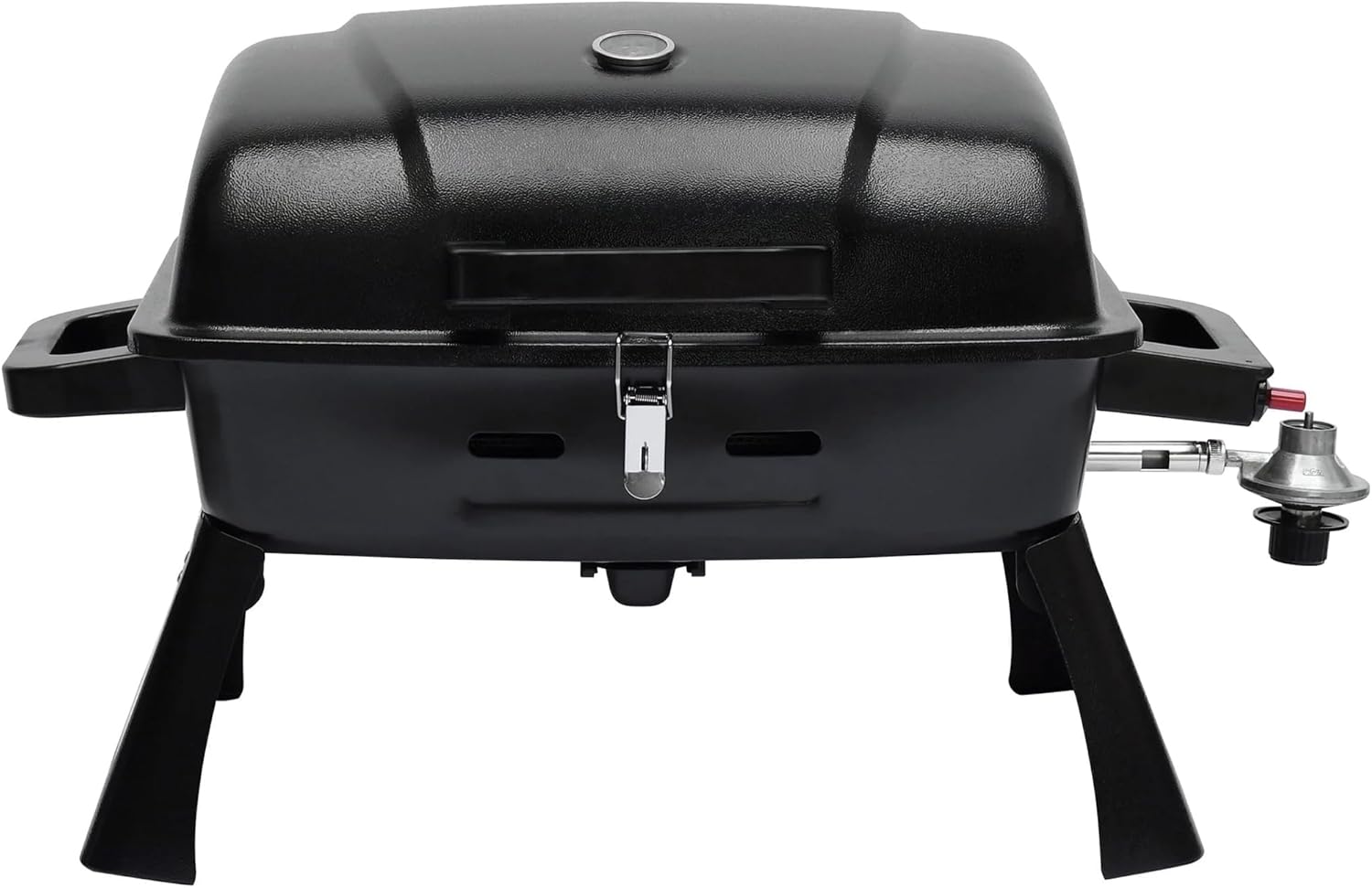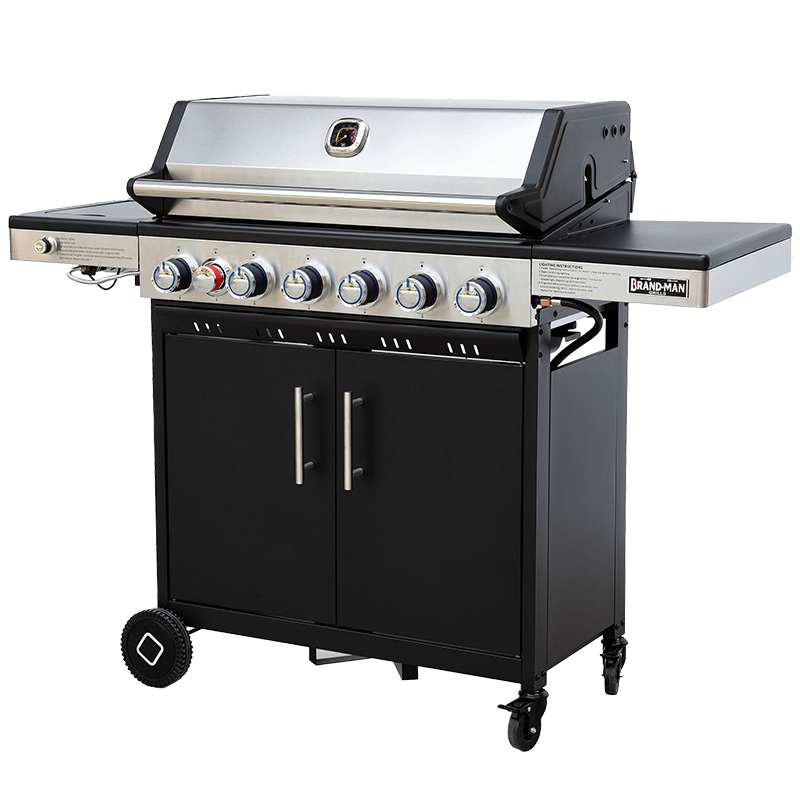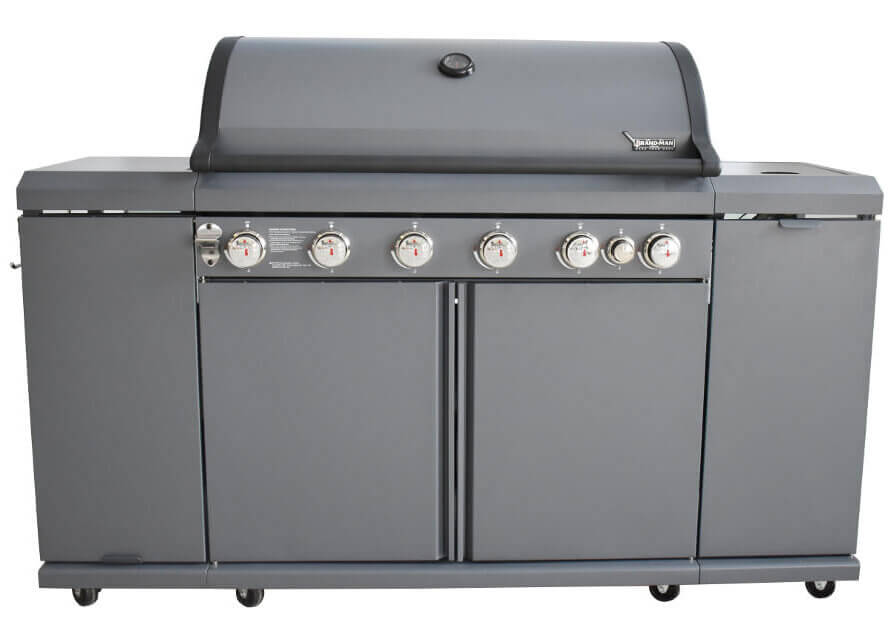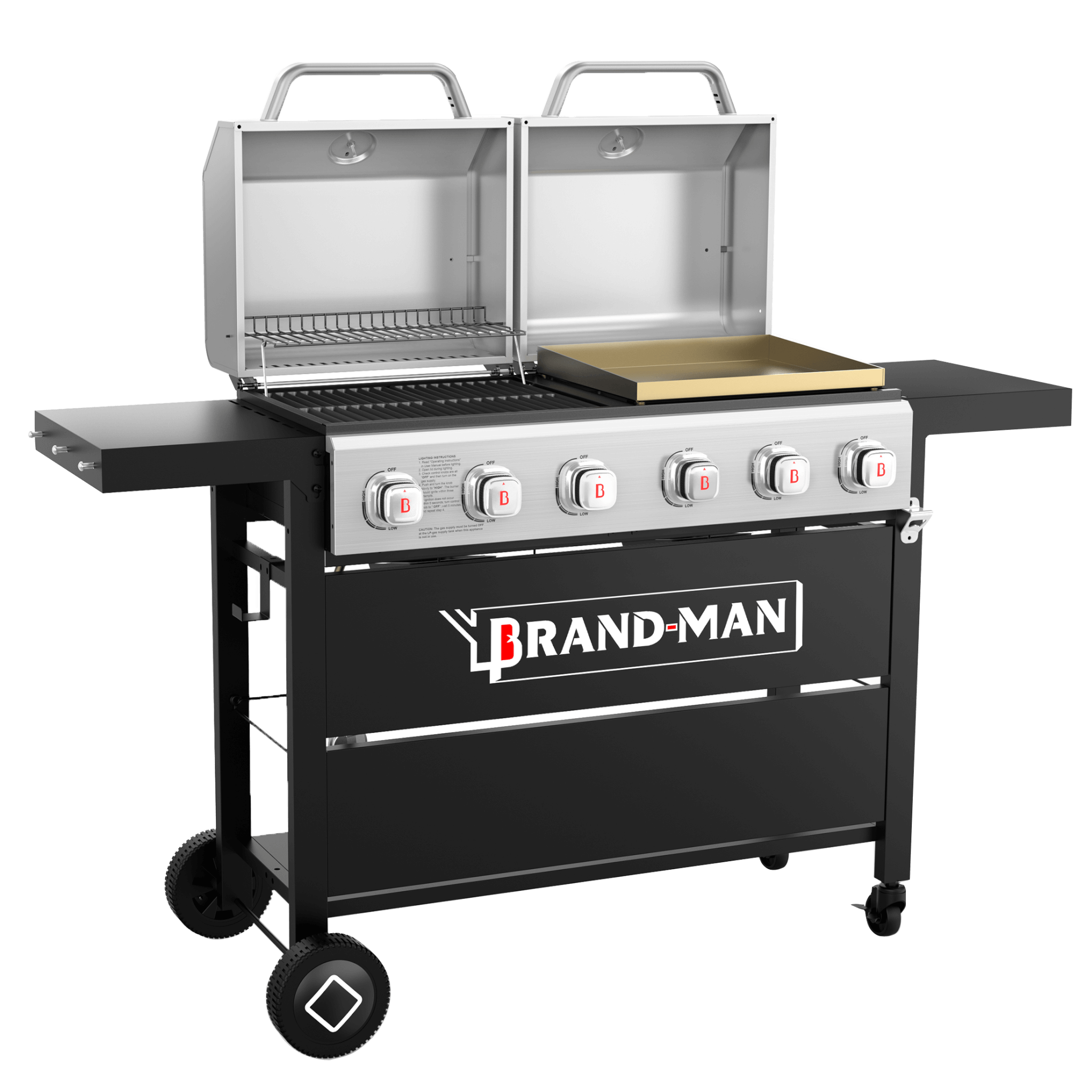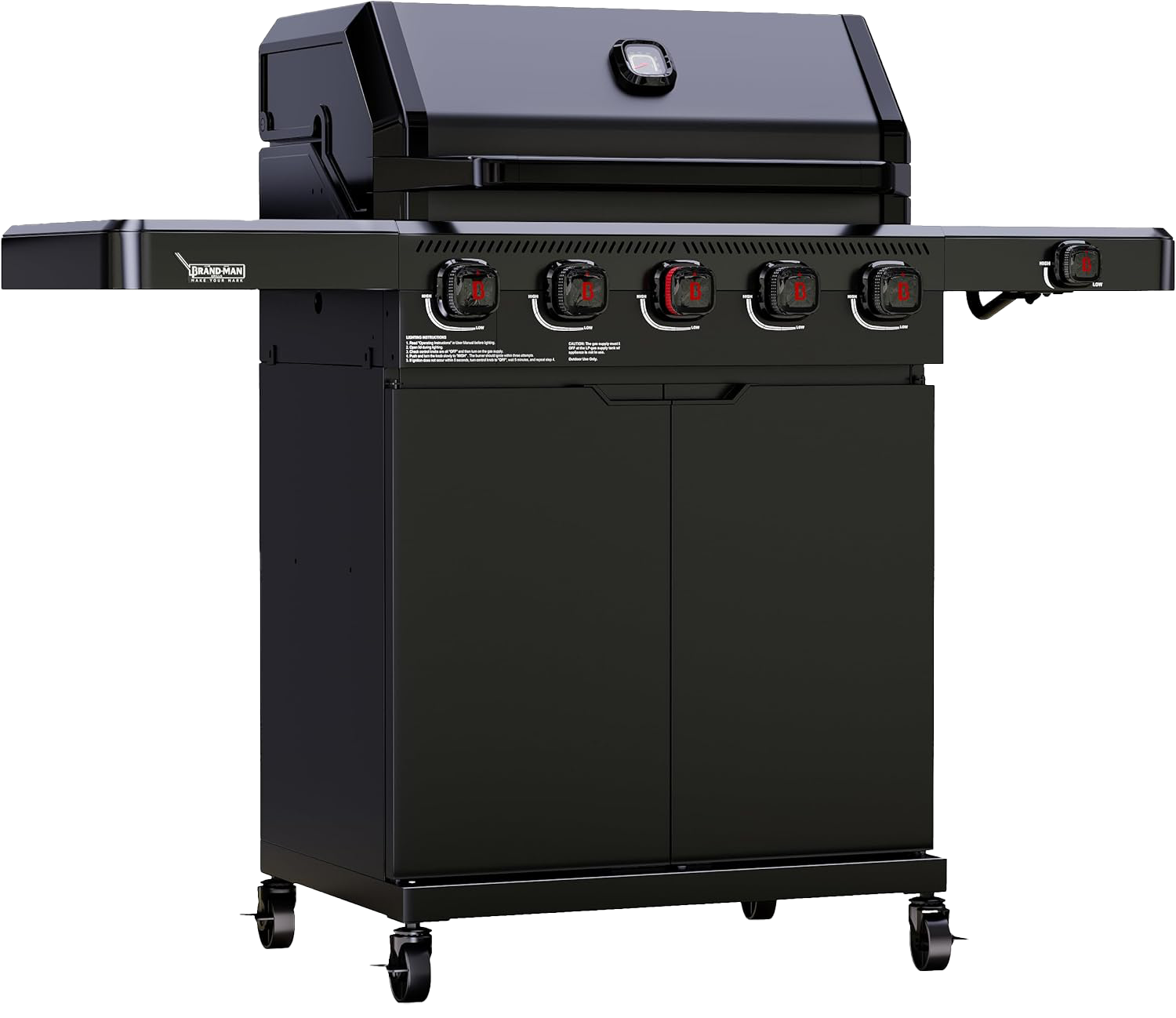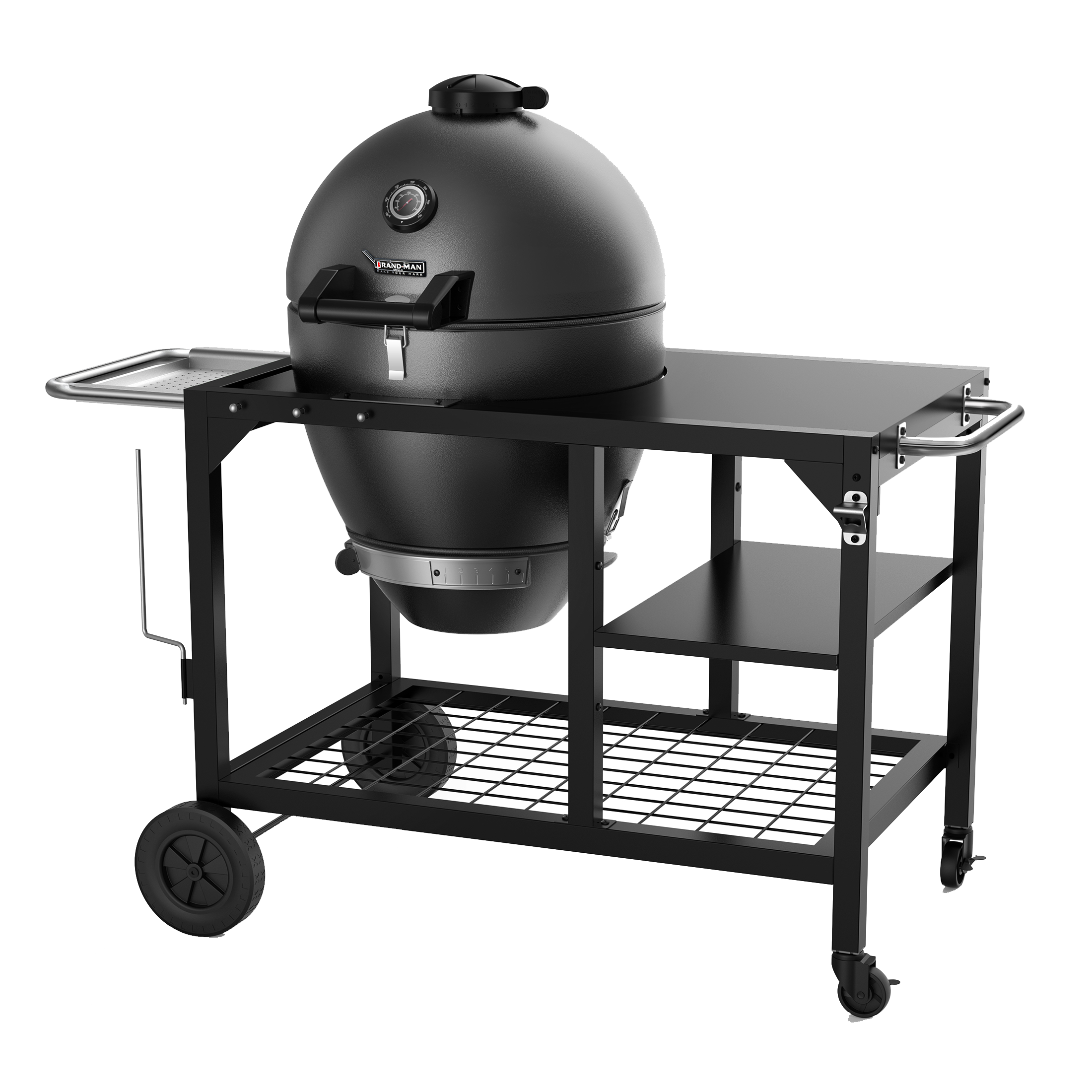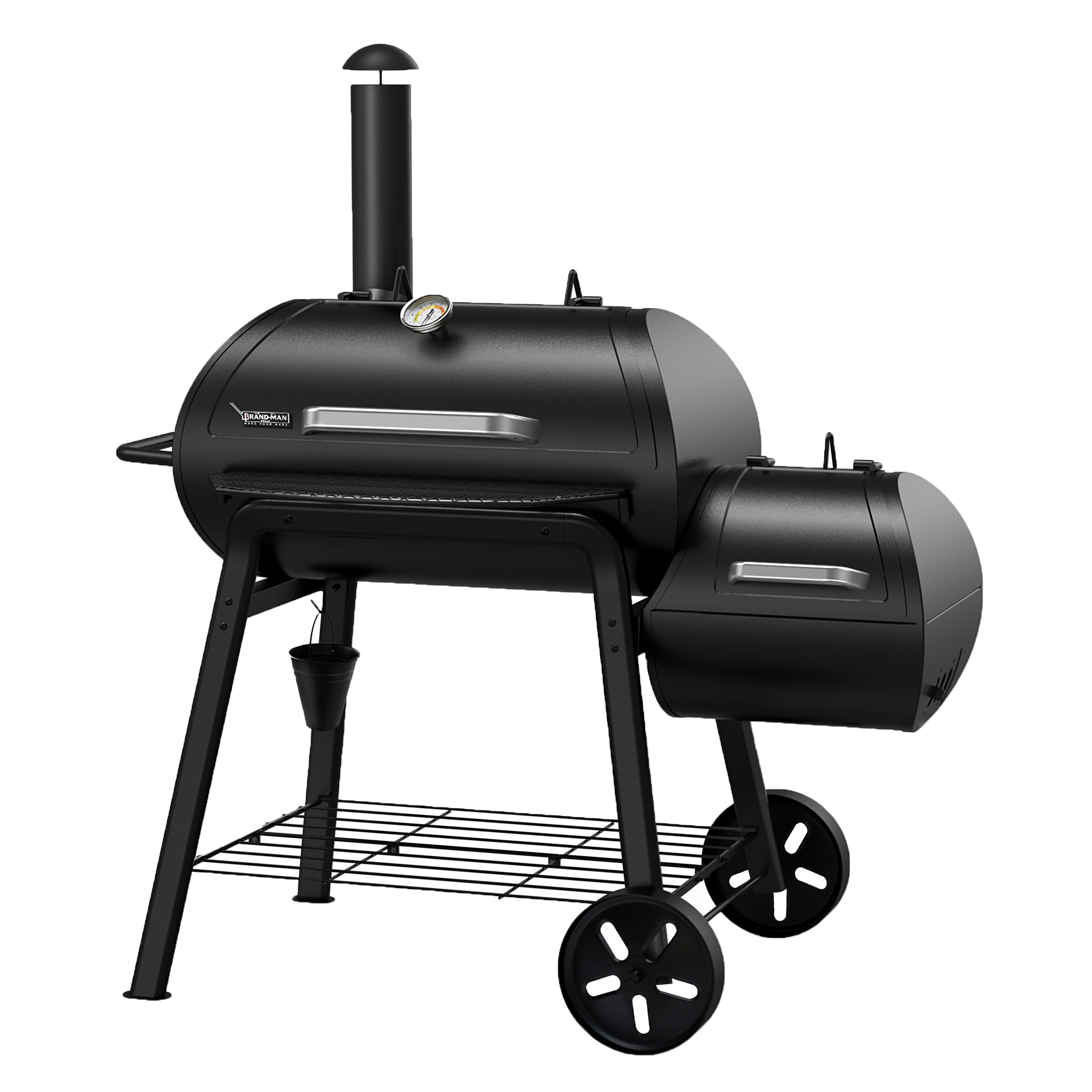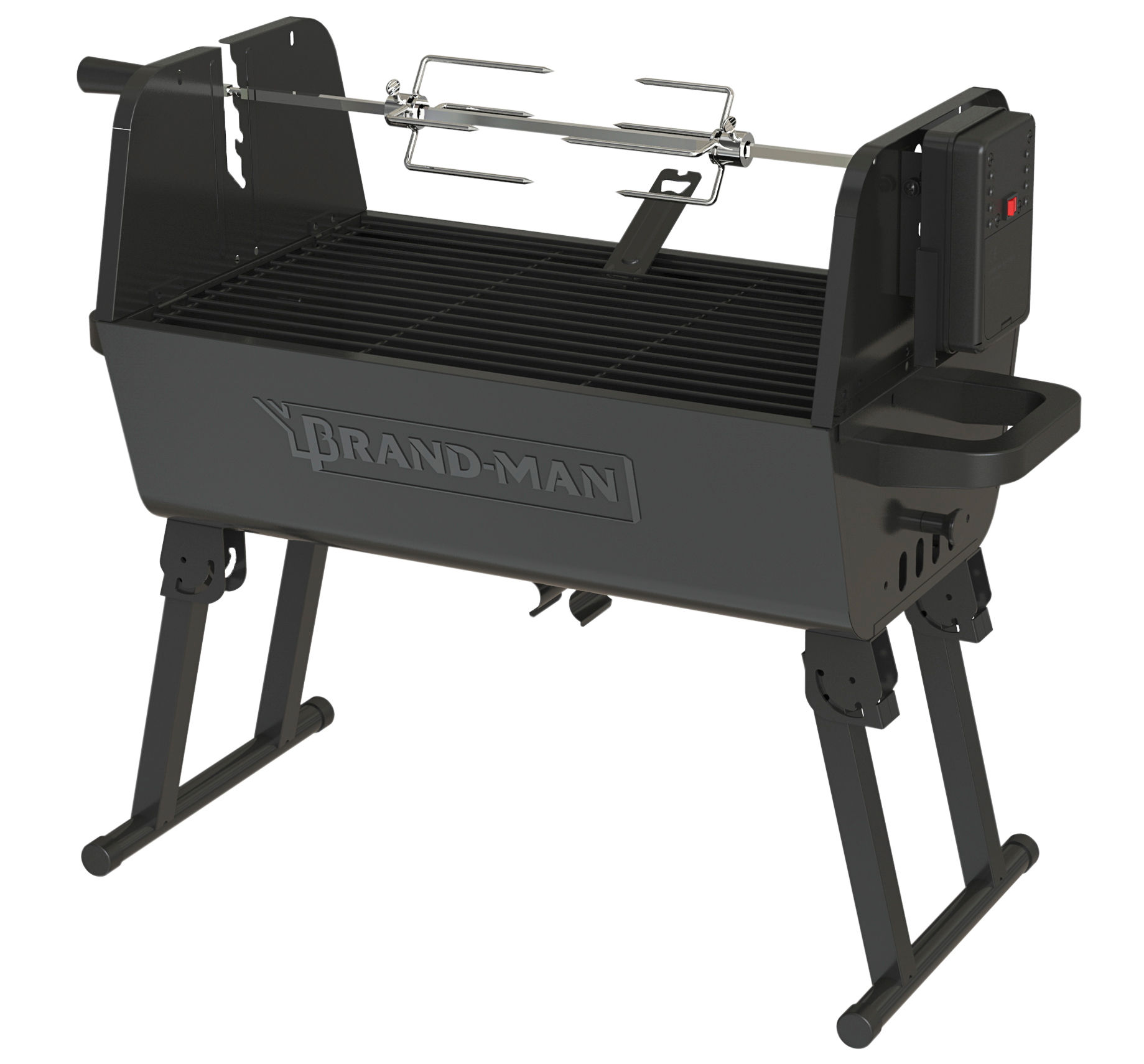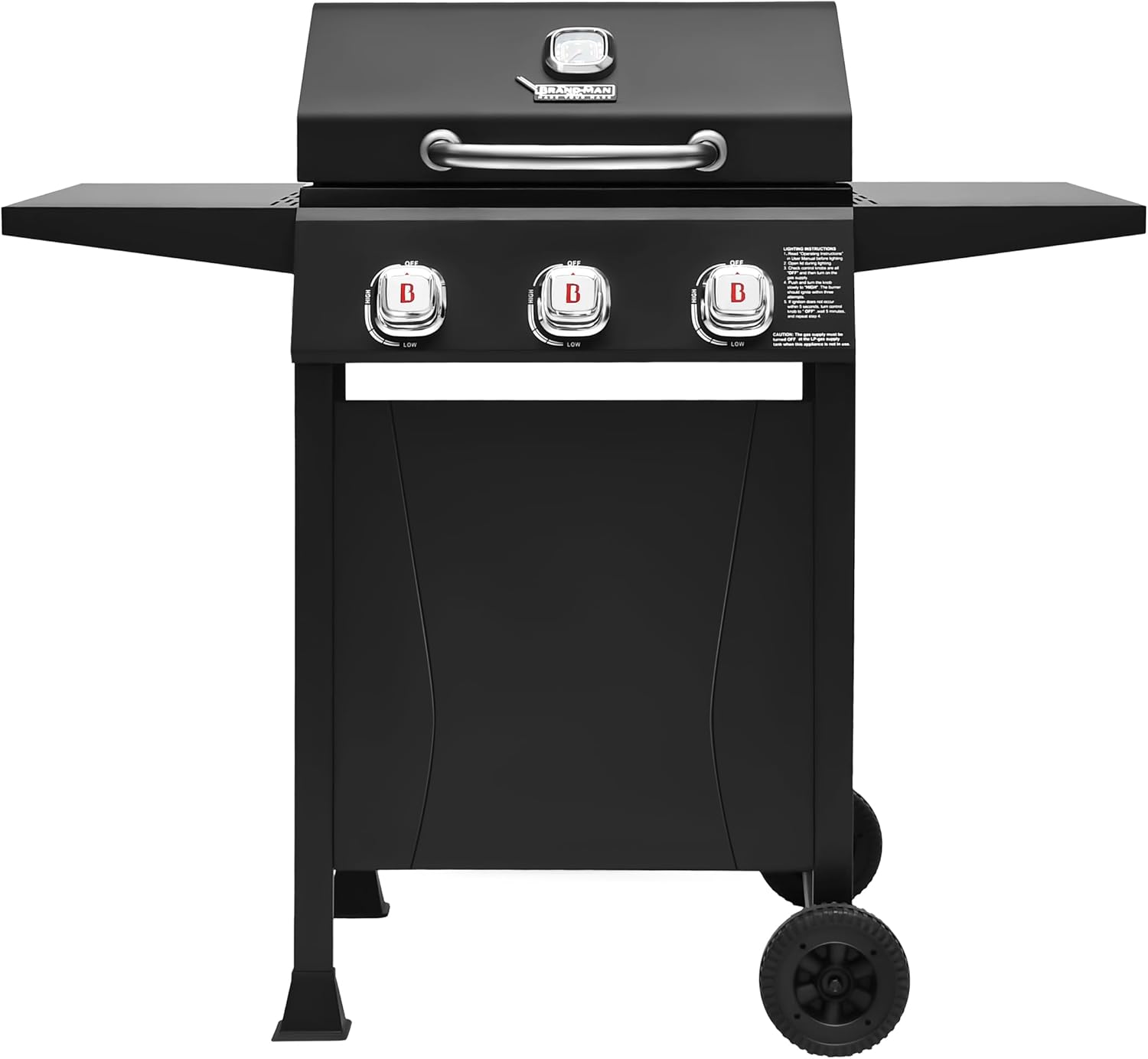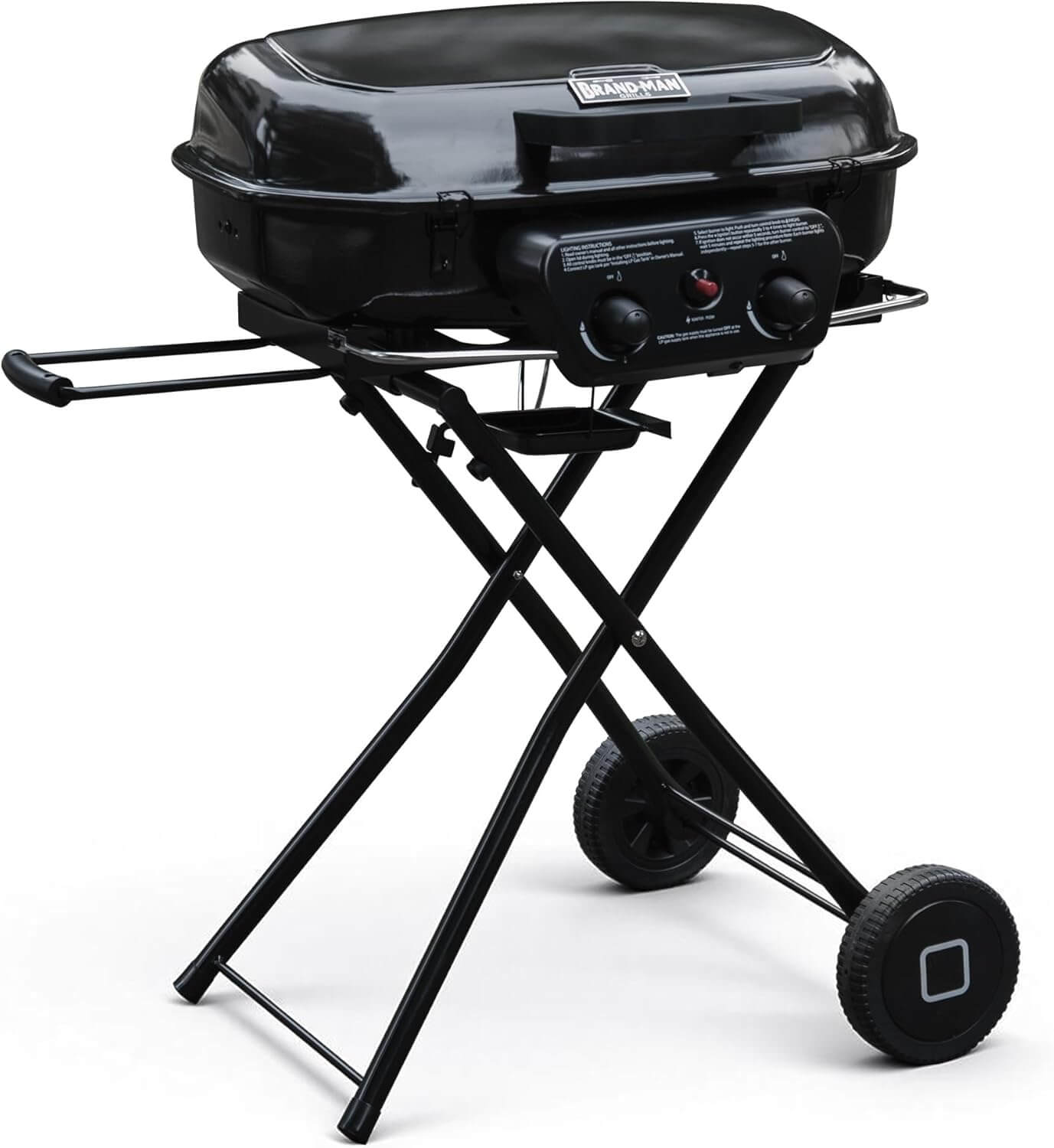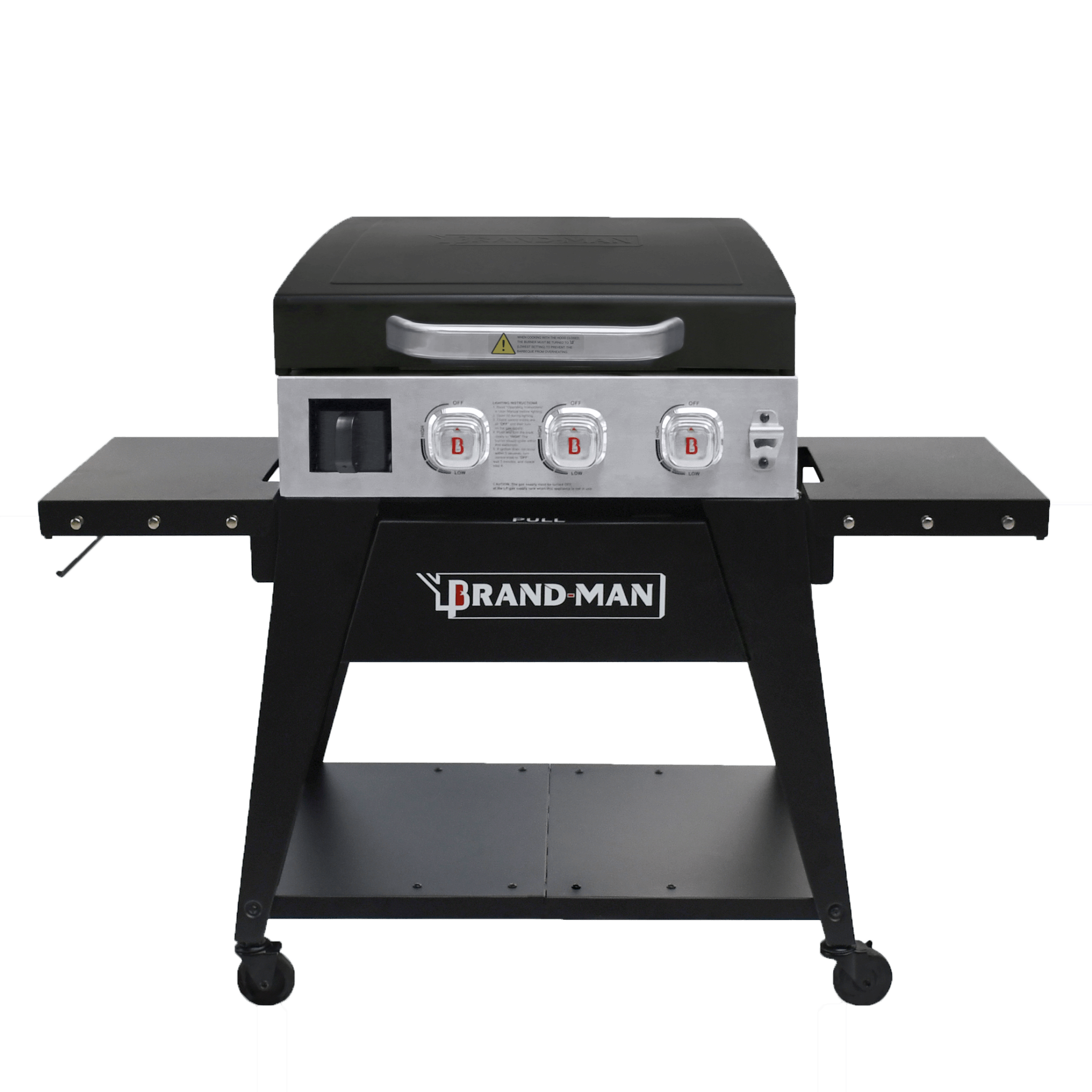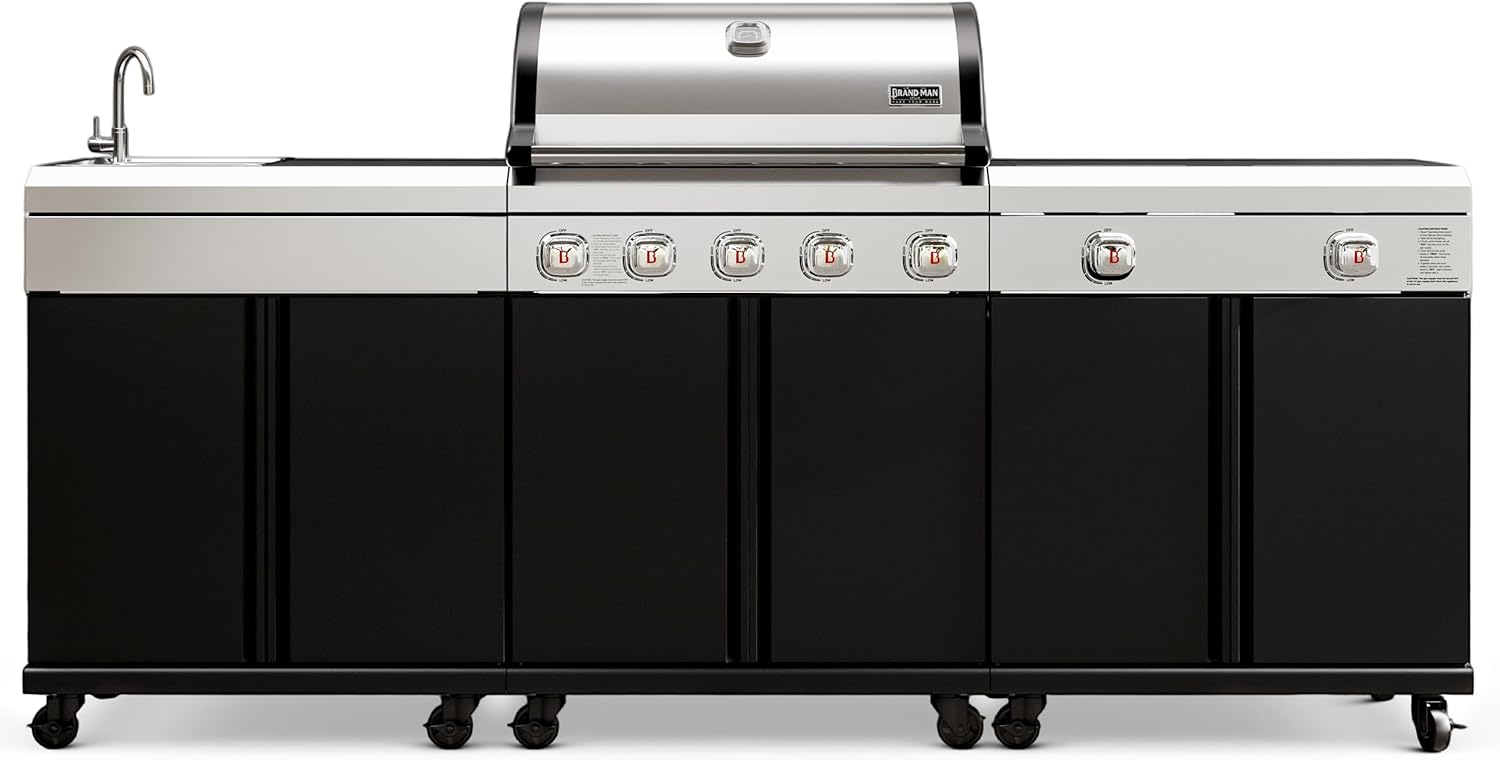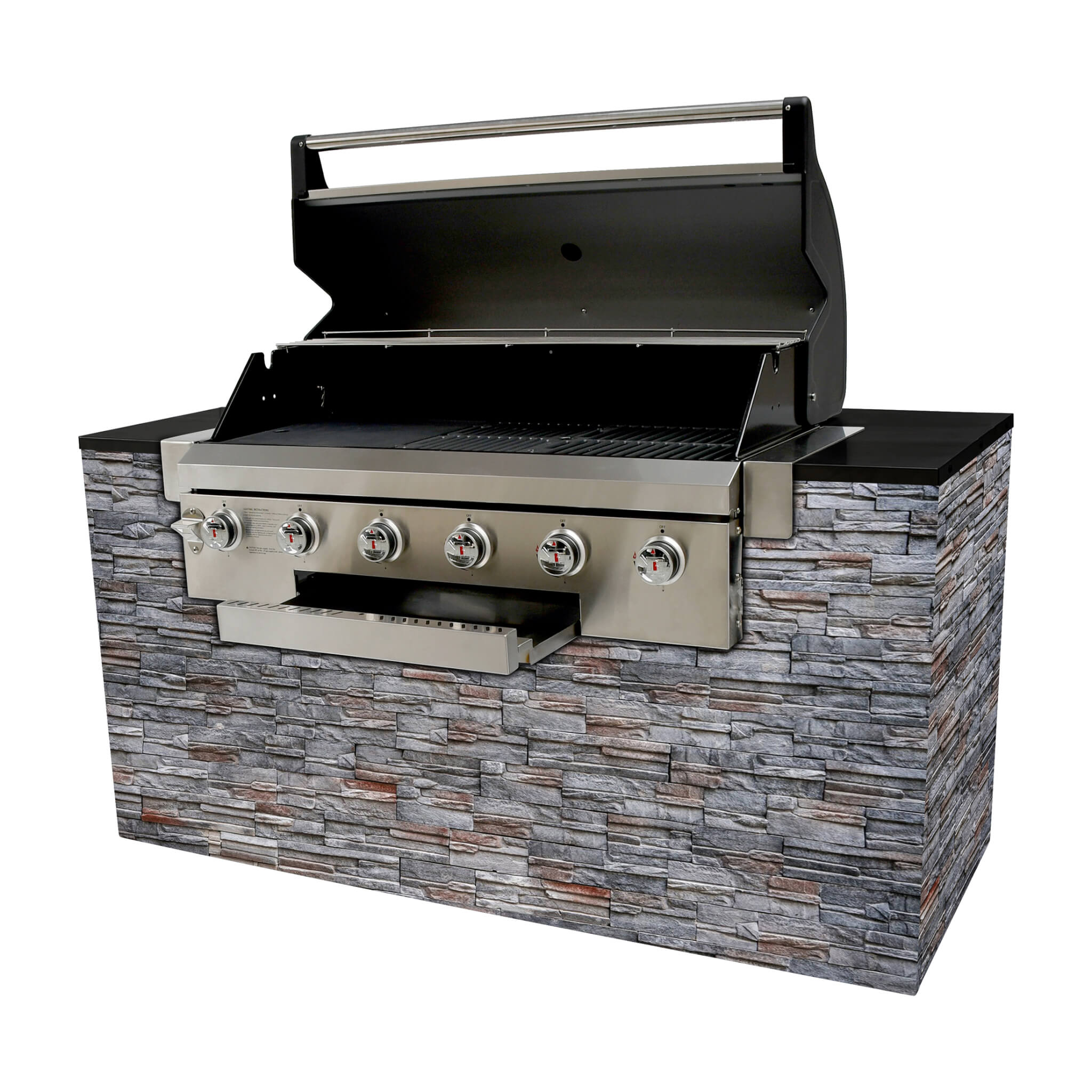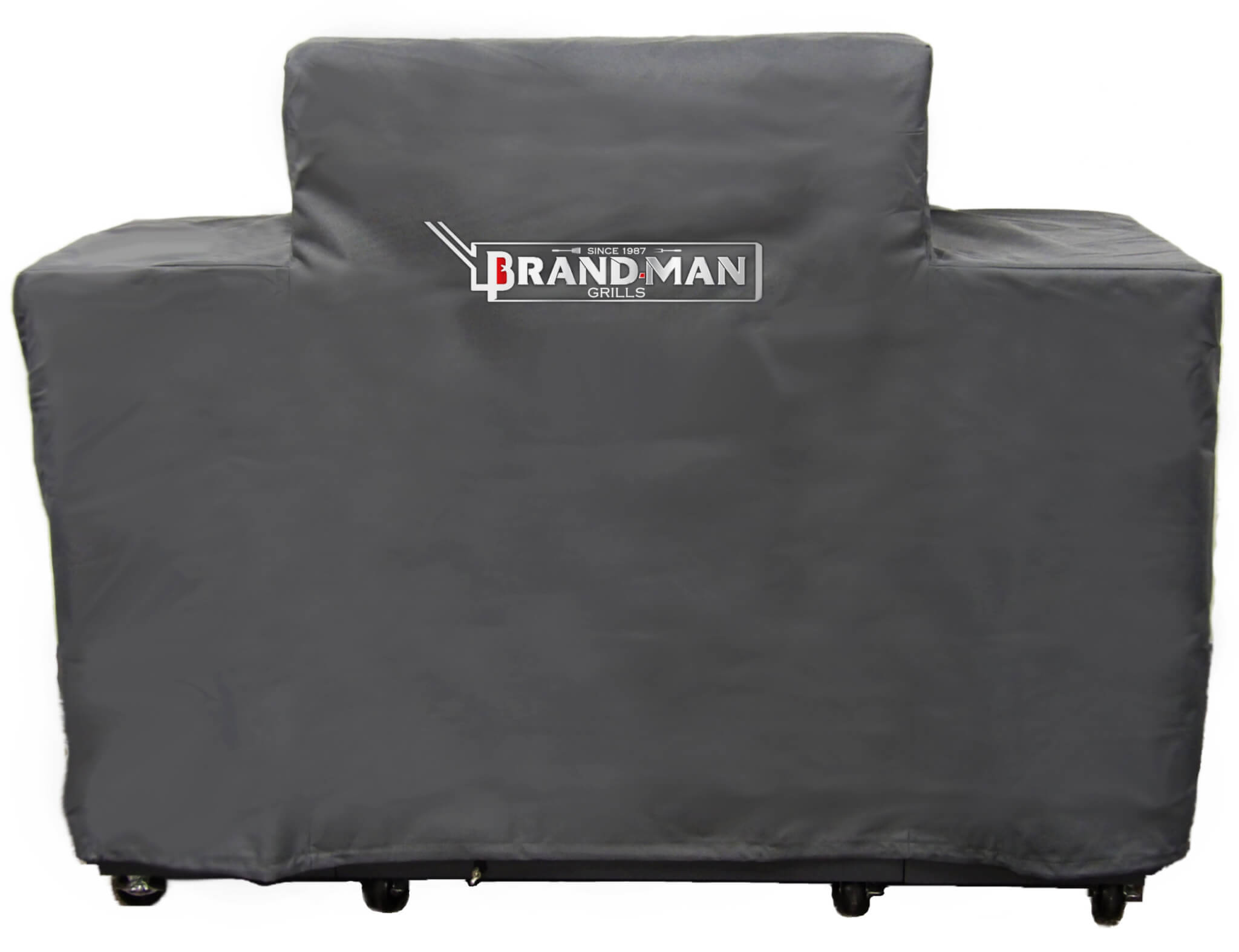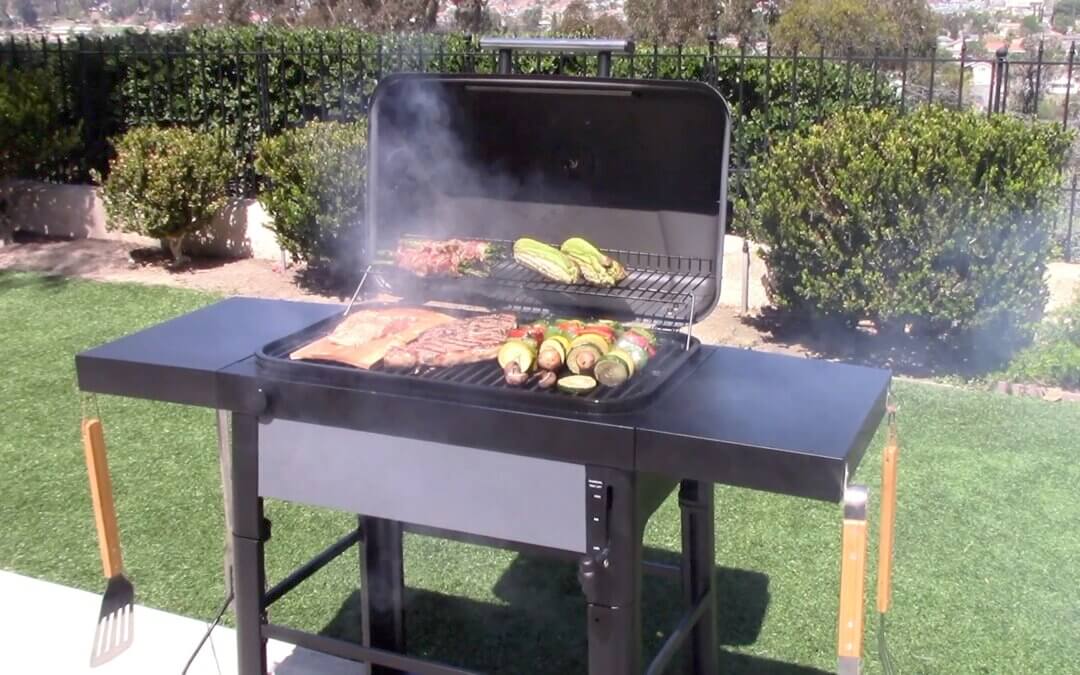Maintaining and Seasoning Your Cast Iron Grates and Griddle
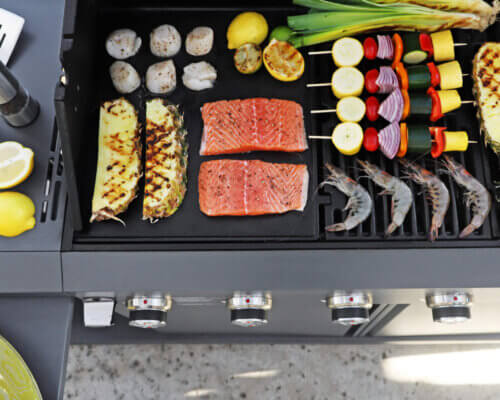
Our Brand-Man grills come with cast iron grates, and the Rustler2 grills have an additional cast iron griddle that can be swapped out for one of the grates. Cast iron retains heat very well making it ideal for grilling, but they do need to be maintained.
All cast iron is prone to rust and the best way to alleviate that is to keep your grates and griddle clean and well “seasoned”. Seasoning is just oil baked onto cast iron through a process called polymerization. It gives your grates and griddle that classic black patina. Seasoning forms a natural, easy-release cooking surface and helps prevent rust. Going through these steps will improve the performance and make them last for years.
WASH YOUR GRATES and GRIDDLE:
Before your first use of your grill you should wipe the grates and griddle of any manufacturing oil orresidue that may be on them by using warm soapy water using a nylon scrub brush. While you’re at it, take a sponge and wipe down the interior of the grill as well.
Wipe them down again with clean water to remove the soap. (It’s ok to use soap at this point since you are you’re preparing to season in the next step.) Then, dry them thoroughly with a towel.
This is a step you will not have to do often if you maintain your grill.
SEASONING:
After you have cleaned your grates and griddle, apply a thin layer of a neutral vegetable or grapeseed oil rub all the surfaces, top and bottom. Too much oil is not good as it can create a gummy-sticky surface when heated. up. Place the grates back on the grill and if you want to season the griddle at the same time lay that on top of the grates.
Turn the all the burners on and close the lid, then heat the grill up to 400-degrees. Maintain that temperature for about 15 minutes then shut off all the burners. Let the grill cool completely with the lid closed. Alternatively, you can do this in your oven as well, just place a sheet of aluminum foil at the bottom to catch any dripping oil.
It is not recommended to use most spray oils (like PAM) because they contain soy lecithin which becomes gummy and sticky at high temperatures.
This is a process you should do regularly until a good seasoning builds up, then from time to time to maintain the seasoning and/or after storing for a length of time.
During use, grease and smoke vapors slowly oxidize into carbon and deposit on the inside of your lid. Brush the carbonized grease from the inside of the lid with a stainless-steel bristle grill brush. To minimize further build-up, the inside of the lid can be wiped with a paper towel after cooking while the grill is still warm (not hot).
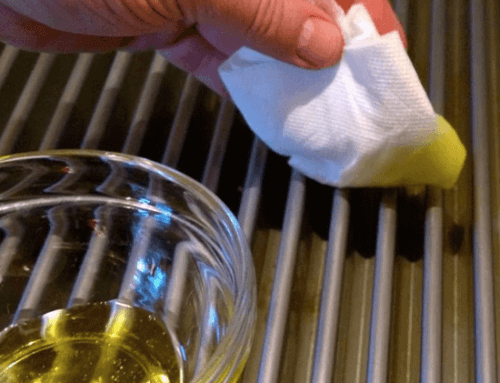

THE MORE YOU USE YOUR GRILL, THE MORE THE SEASONING BUILDS UP!
The best way to develop a great seasoning on your grates and griddle is to use them! Each time you use your grill you build up a bit more seasoning and the surfaces get smoother to the point they become almost non-stick. In fact grilling some burgers on the grates and frying some bacon on the griddle is a great way to start!


While using your grill regularly helps build up the seasoning, be aware that excess residue left on them, especially in a humid or rainy climate, can retain moisture which can lead to rust and/or a “gummy” build up. That is why you should clean your grates and griddle after each use.
Residue on the grates should be scraped away using a good quality grill brush or even a wadded up piece of heavy duty aluminum foil. On the griddle use a scraper or spatula to get off any crusted on food. You can also use coarse salt to scrub away any residue.
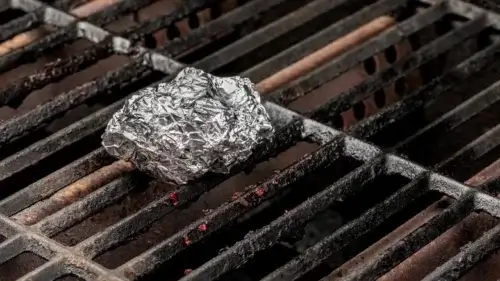
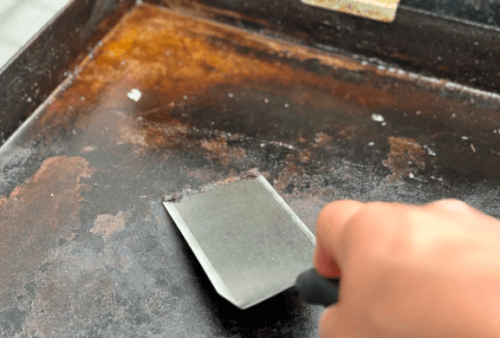
You will likely need to re-season now and then, but using and properly cleaning your grill often will help prevent rust.
STORING AWAY YOUR GRATES and GRIDDLE:
If you live in an area where you may not use your grill during the winter for an extended time it would be advisable to take the grates and griddle off the grill and store them inside. First clean off any residue and apply a very light coating of oil. Grapeseed oil is great as it does not go rancid.
Unfinished and unconditioned basements, sheds and garages can get enough cold-moist air that the grates and griddle could still develop some rust. If that is the case you might want to wrap them in towels or craft paper, put them in a box and toss in a small pack of desiccant to help prevent rust. If you store them inside your house, there is no real need to oil them. When the time comes to get them back out you should do the re-seasoning process again.
HOW TO REMOVE RUST:
Even with proper care, rust may still occur, especially if you live in a humid climate. Fortunately it is fairly easy to remove.
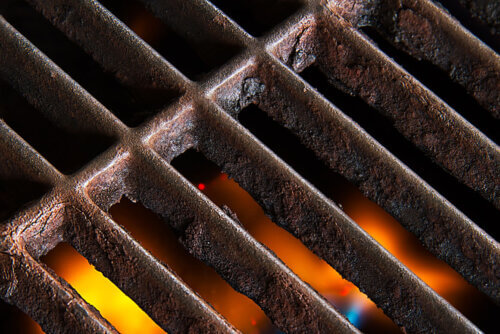

For the grates use a good quality grill brush or scouring pad to remove the rust. If it is a heavy amount of rust you can make a paste of 1-part baking soda with 2-parts distilled white vinegar. Take the grates off the grill and coat them with the paste, leaving it on for about 30 minutes. Then rinse off, allow the grates to dry and then re-season.
Even with proper care, rust may still occur, eFor a rusted griddle treat it as you would a cast iron pan. Use a steel wool pad (the kind used for sanding) and scrub off as much of the rust as you can. You can also use a fine grit sanding pad. Then wash the griddle with warm soapy water or a soap pad, rinse and dry. Then re-season as you did when it was new.
By maintaining your grill regularly not only will it perform better, the grates and griddle will last for many years.

